I may be that kid your mother always warned you about. You know, the bad influence. The one who might do something she wouldn’t like, and then you follow suit. Moms live in fear of guys like me.
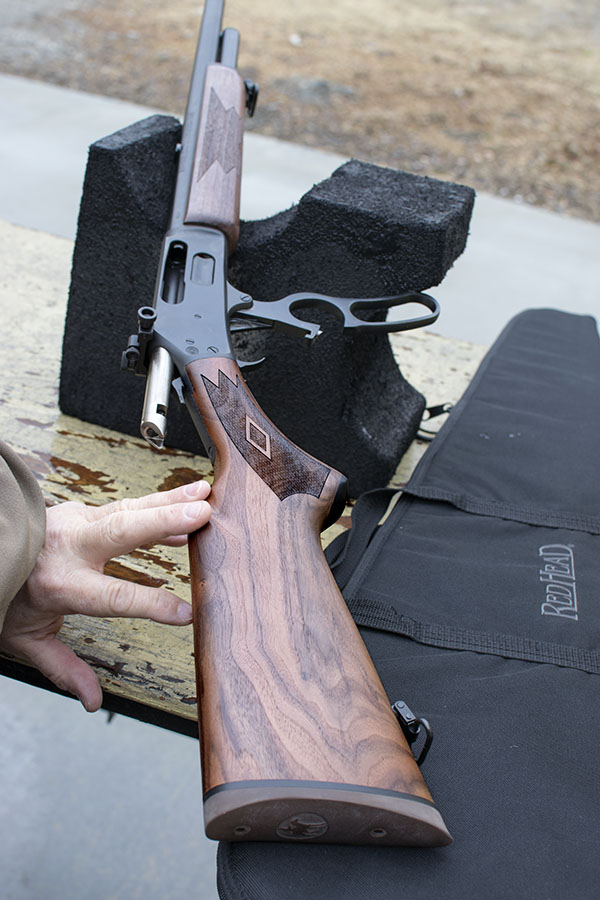
When it comes to guns, I am pretty sure I’m the guy she had in mind. On more than a few occasions, I’ll get fired up about a firearm (no pun intended), and then several of my friends will buy the same thing. It’s happened with Mosin-Nagants, 1911 .45 autos, Ruger No. 1 rifles, and most recently, big-bore Marlins. Caliber .45 70 Model 1895s, to be precise. Several of my friends now own these rifles and they are a hoot. One of these days we’ll have one of our informal West End Gun Club matches and restrict it to .45 70 rifles only. That should be fun.
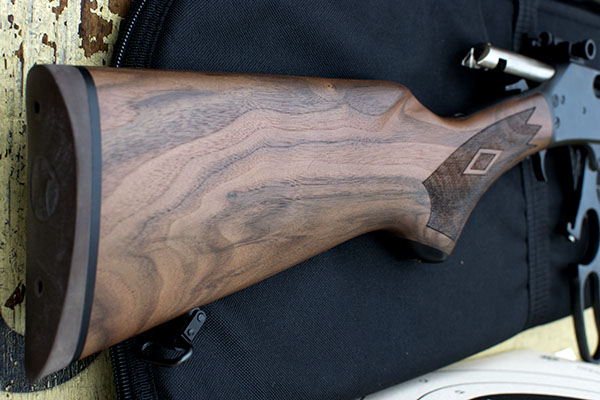
I was in northern California last week and that’s always a good opportunity to visit with my good buddy Paul and send a little lead downrange. Well, maybe not a little. You see, Paul recently purchased a .45 70 Marlin 1895, and these rifles send lead downrange at the rate of 400 grains a shot. There are 7,000 grains in a pound. Do the math…that’s a big-ass bullet. Hell, they used to use these things for shooting buffalo.
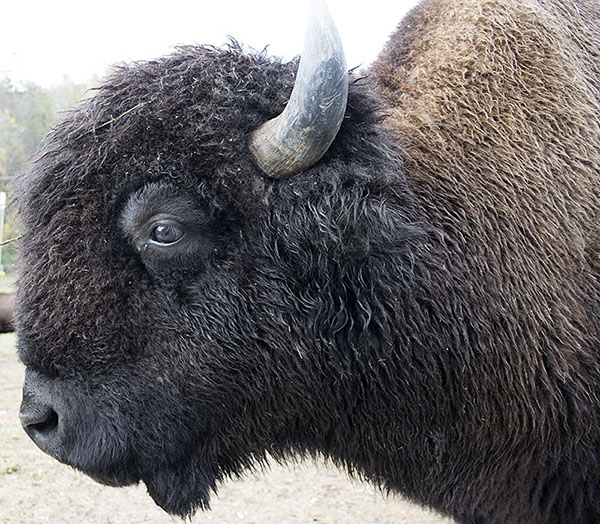
The Marlins are great rifles, and you can pick up a 45 70 Model 1895 for around $600 if you shop around for a bit. Marlin was acquired by Remington a few years ago, and their quality took a hit during the transition as they moved production from the old Marlin factory in Connecticut to the Remington plant in New York. Judging by the recent rifles I’ve examined (including Paul’s), the quality issues are all in the rear-view mirror now. The new Marlins sure shoot well, too.
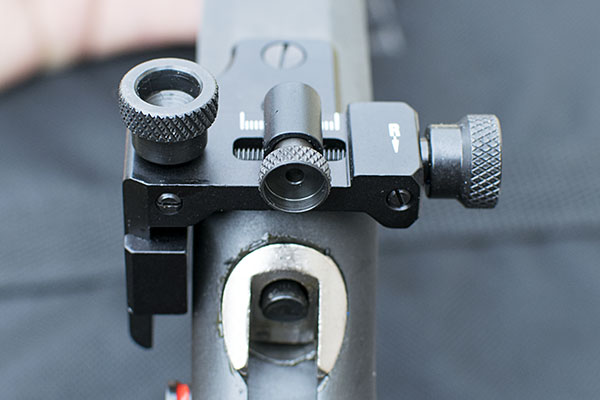
Paul added a Williams aperture rear sight to his 1895, and this was the first time he shot it. I had spotting duties. The first round went low left about 10 inches, and then Paul walked succeeding rounds up and to the right by adjusting the rear sight as I called the shots to him. It didn’t take too many shots to zero the rifle, and from that point on, it was simply a question of evaluating which of several different handloads grouped best. Paul had prepared test rounds using Unique and IMR 4227 propellant, all using the Missouri 400 grain cast lead bullet. The winner was 13.0 grains of Unique behind the mighty Missouri slug. At 50 yards, this load grouped well.
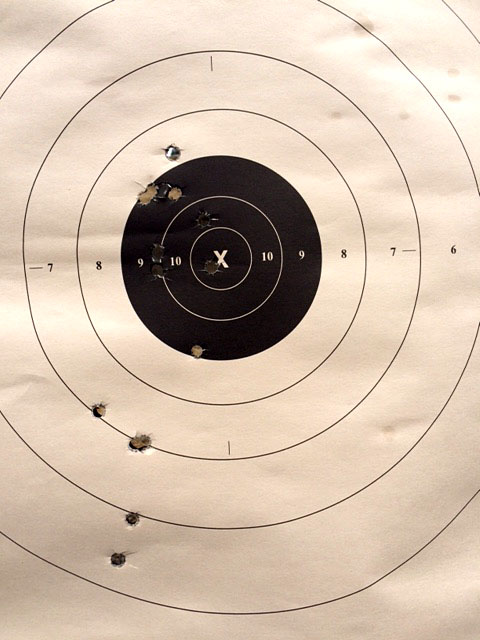
We were at a Santa Clara County public range and it was a rainy day, but we managed to have fun on both the rifle and handgun ranges. We shot the .45 70 and then my personal favorite handgun, the 1911 .45 Auto. Yep, Paul had his 1911 out, and we had fun with it, too.
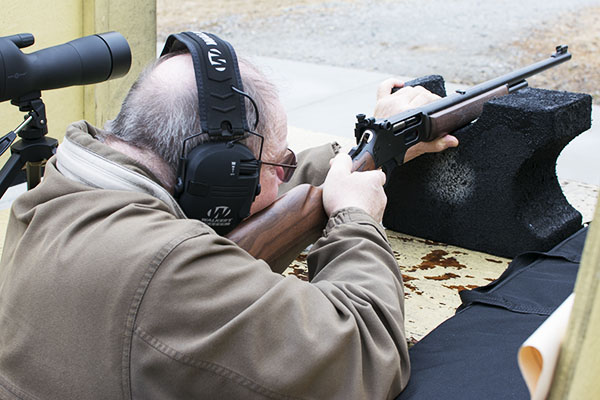
Paul let me try the Marlin. He tried to capture the muzzle blast, but timing the camera to the shot is tough.
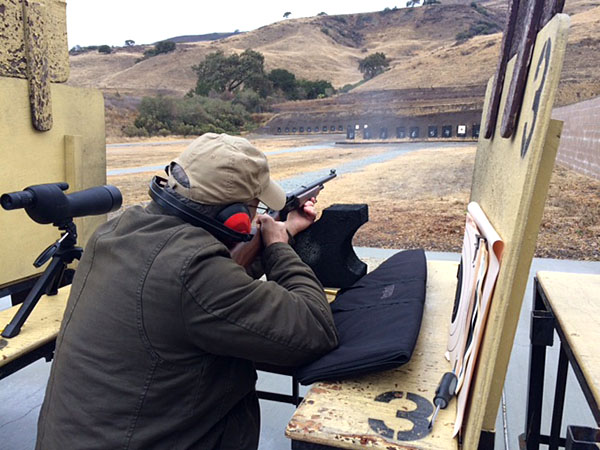
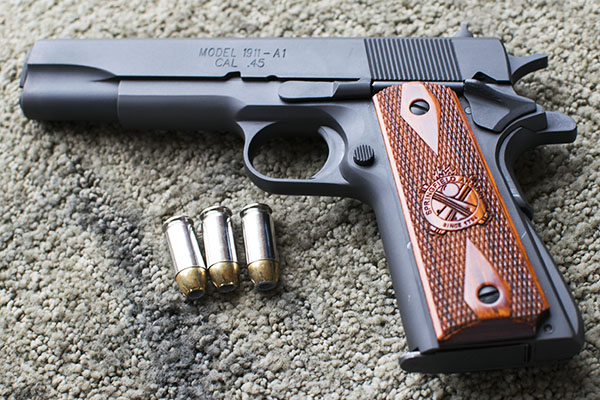
Other folks on the range are always intrigued by the .45 70 cartridge. Compared to the most common rounds seen on rifle ranges these days, they’re huge. The perception is that the recoil must be horrendous. It can be if you load near the upper end of the propellant charge spectrum, but at the lower powder charge ranges, these guns are a lot of fun. That’s a topic for another blog, one that will appear here soon. Stay tuned!
Want to read our other ExhaustNotes Tales of the Gun stories? Just click here!

You are a firearm temptress
I should get a commission.
I am more of a AR-15 type myself, but that big slug versus the light slug high velocity is interesting. Can not argue with the stopping power of .45 slug. Interesting take on the subject.
The big bores (I’m referring to rifles, not Gresh or myself) are a lot of fun. We’ll be posting a blog on the .458 Win Mag sometime in the near future, too. That’s another fun one. I’ve got one that will shoot into an inch at 100 yards all day long.
Hello Joe,
Thanks to your blog, I am slowly becoming educated on the finer points of firearm capabilities. Being from western Pennsylvania and my dad being an avid hunter and gun collector I’m no stranger to firearms. But I must say I did not know the “load” had such an effect on the accuracy. Keep up the good work.
Thanks, Tom.